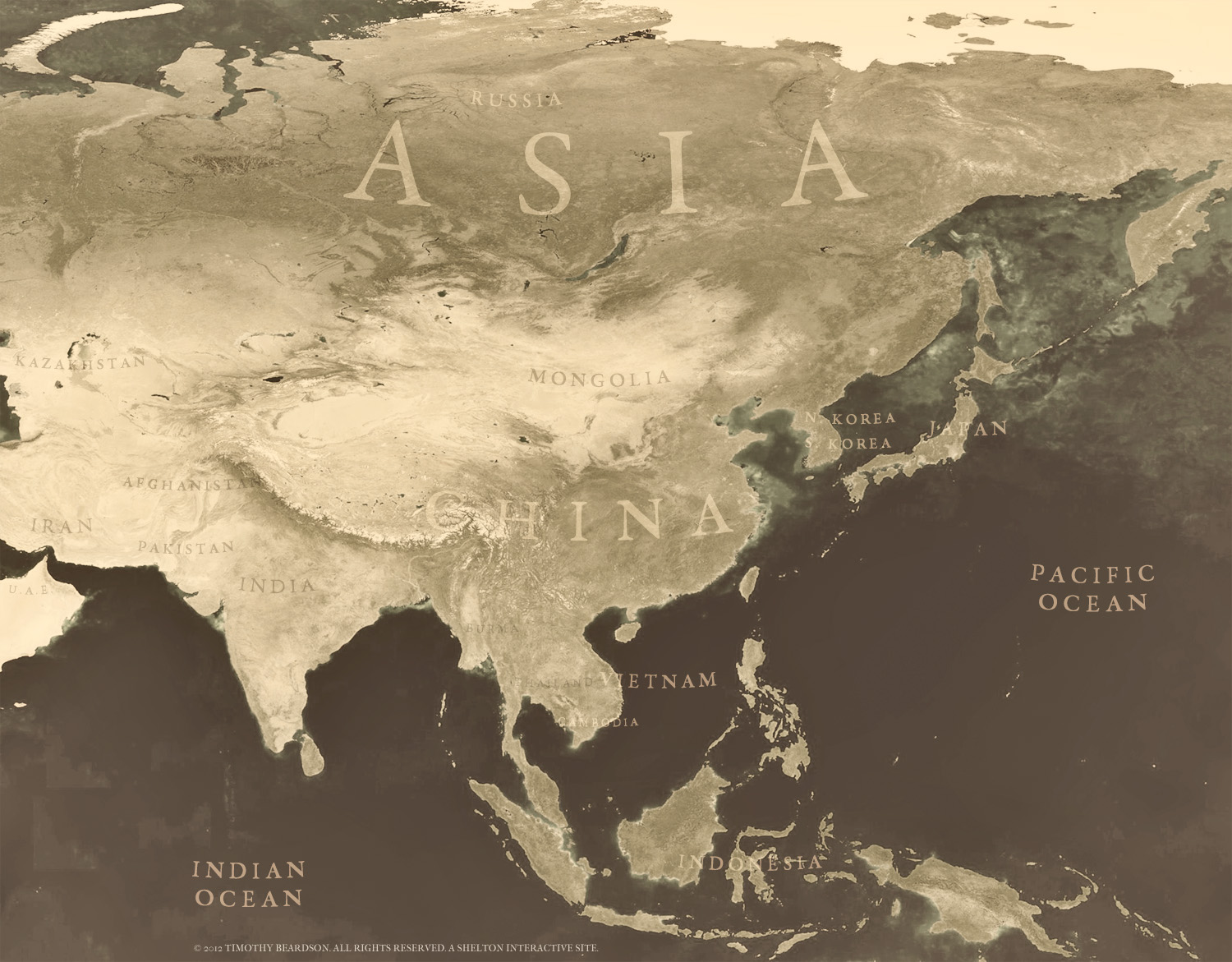Book Content
Selected Key Messages
Economy
China has grown rapidly as a low-cost manufacturer and by huge state investment into capital projects. Unfortunately, a reducing work force, rising currency and increasing labor costs prejudice the continuation of the cheap manufacturing strategy. Falling returns make capital investment less sustainable. Beijing recognises that the economy must be refocused towards domestic consumption and innovation to find a new growth path. Unfortunately, the consumer is not spending, for reasons such as concern about inadequate social security, and most Chinese high tech exports are made by foreign-invested firms. The route to continuing growth is not following the plans.
Finance
A. China has reported growth at ten percent a year for thirty years. This is because the private sector has grown by over twenty percent a year. Two thirds of China’s economy is now private sector but sixty percent of bank loans have gone to state companies and eighty percent of stock market value comprises state companies. The money is not going where the growth is. Without serious reform of the banking system and capital markets, future growth is prejudiced.
B. China’s $3 trillion of foreign reserves does not make it $3 trillion stronger than other countries. The money to purchase these reserves has to be borrowed. There is an interest cost that is larger than the interest earned on U.S. Treasuries. In this light, $3 trillion of debt and $3 trillion of assets makes a country vulnerable, not strong. There is also a currency risk in China holding so many dollars while its own currency rises.
Demography
China faces four critical demographic challenges: a falling labor force raising costs, an aging population causing an exploding welfare burden, a sharp fall in the overall population of between one and two thirds, and the most extreme gender disparity of any country now – and probably in history. These damage growth and stability.
Research and Development
Many believe that China is challenging the American lead in science. However, China consistently misses its targets in R&D and it spends much less than the U.S. on R&D as a percentage of its far smaller economy. Most R&D is spent on state organizations or by foreign multinationals that protect their intellectual property, Chinese science is hierarchical rather than innovative and the many patents now gained are often merely incremental developments. The educational system is geared to conformity rather than to critical thinking. It must be restructured to encourage innovation.
Environment
China is an ecological disaster. It has good laws but weak implementation. Over-utilization of under-priced water causes declining aquifers and massive subsidence. Uncontrolled air pollution and over-grazing contribute to desertification – over a quarter of China is now desert. Factory discharge into lakes and rivers is under-checked and under-admitted. Two major public concerns are air and water pollution. China has the worst environment of any major country. This damages public health and causes regular mass protests, endangering stability.
Foreign Policy
Beijing is engaging in an assertive policy towards its neighbors that involves claiming territories and diverting the waters of major rivers. The bellicose language and suggestions of “non-negotiable” demands undermine China’s claim of a “peaceful development.” Beardson suggests this rising popular nationalism stems from faulty school textbooks and the fact that for most of the last thousand years, China has either been under the rule of foreign invaders or has accepted subordination to avoid invasion. Hostile language and action undermine China’s rise.
Politics
The Communist Party has adapted dramatically from the Maoist period pre-1978, allowing a partially market-driven economy to give it three decades of high growth, which helped take 500 million out of poverty. Now it confronts issues of social insecurity and rising mass riots that could lead the Party to take a new strategic direction to survive for further decades. Evidence may be union and local elections.
The Future
Beardson states that there has been insufficient attention by Chinese policy makers to addressing the challenges and – without deep and rapid reform – there is no chance China will get to superpower status this century.
Why the Book, Why the Author, Why Now?
Most of the recent literature on China’s rise forecasts that the country will sooner or later (usually sooner) overtake the U.S. as the world’s superpower. Timothy Beardson explains why this will not happen.
Why Beardson? An historian by training and a financier by career, Timothy Beardson has lived in Hong Kong for 35 years and has been engaged with China since 1978. He actively assisted in opening the stock markets there and started the first foreign investment bank. Chairing the China Oxford Scholarship Fund, he is involved with the Chinese education system. He can take a multidisciplinary look at China’s future.
After opening up in 1978, China was the world’s fastest reforming country through the 1980s and 1990s. From 2000 reforms stopped. Growth is now slowing. With a declining labor force and later a falling total population, it is hard to see high economic growth after 2030. China now faces a window in which it must radically reform or fall into a “middle income trap,” often seen when a fast-rising economy runs out of steam and it experiences a shrinking ability to bring under-employed people into the economy.
